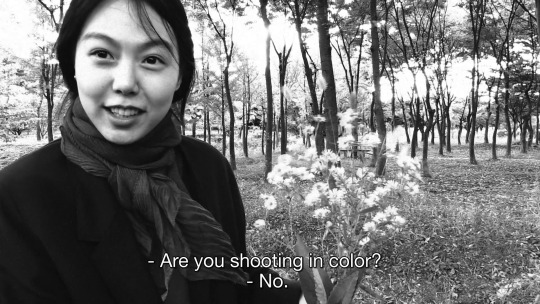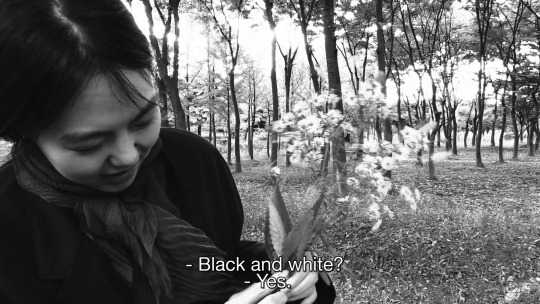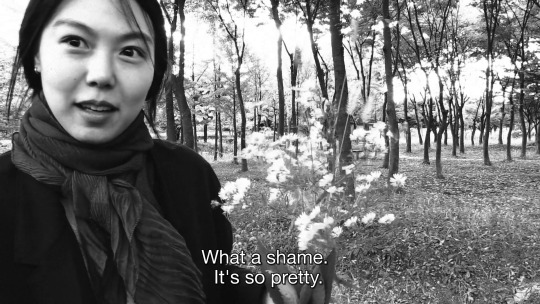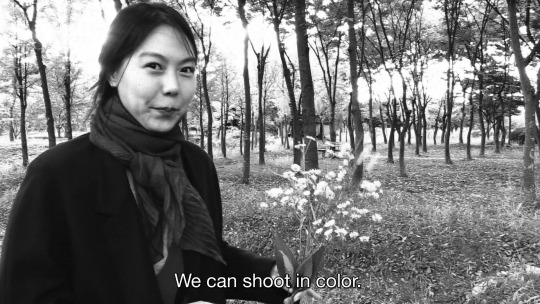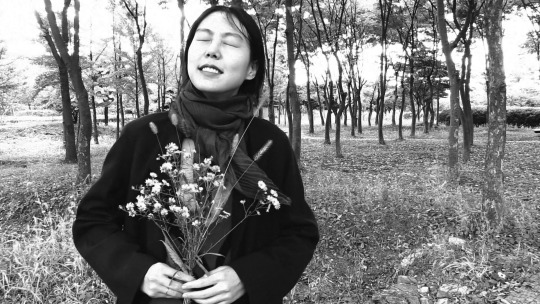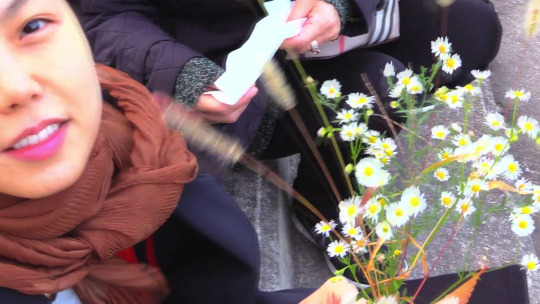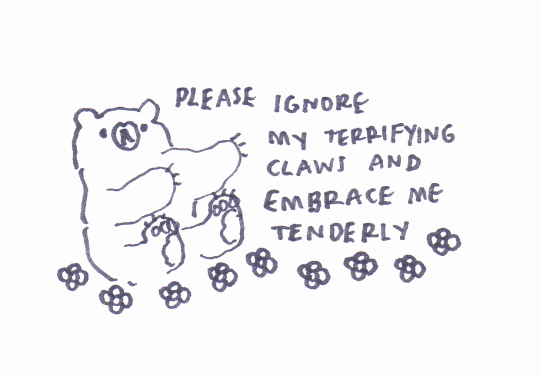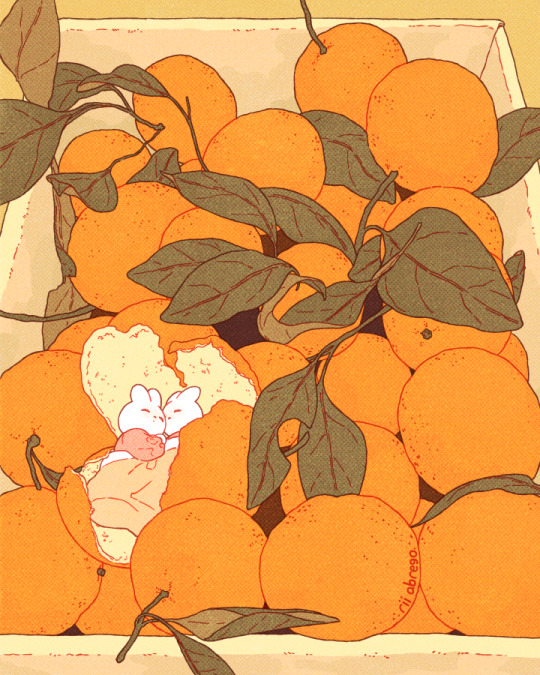Photo

ENRIQUE METINIDES / “UNTITLED” / 1958
[posterior silver print | 13 3/8 x 20 7/8″]
126 notes
·
View notes
Photo

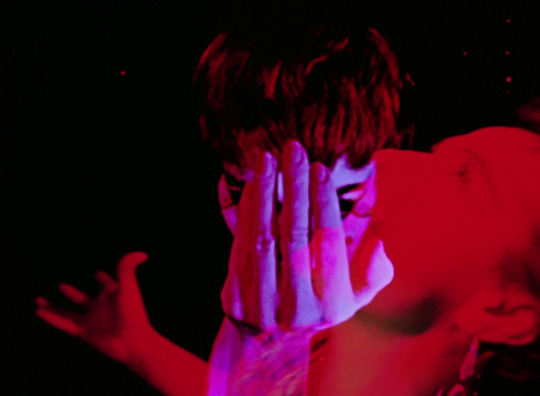







“Inauguration of the Pleasure Dome” (1954) by Kenneth Anger
734 notes
·
View notes
Photo

Lady of the Camelias (1981) dir. Mauro Bolognini
2K notes
·
View notes
Text
BL, “Okama”, and gay stereotypes in animanga
Since BL and fujoshi discourse is the hot topic du jour, let’s talk a bit about gay stereotypes in Japanese manga and anime.
I’m seeing a worrying number of people not only saying that all BL and fujoshi promote homophobic stereotypes, but that BL is the primary or sole instigator of homophobia in Japanese society (excuse me, I choked on drink there).
For those who don’t know, Boy’s Love (BL) is a niche category of shoujo/josei manga that focuses on M/M relationships (commonly known in the west as “yaoi”, though that is a misnomer). It’s still frowned upon, both for being gay content and for being mainly romance aimed at women. The word “fujoshi” — used today to mean “female fan of BL” — even has seriously misogynistic origins.
So far, BL is published on specific magazines, and most anime adaptations are OVAs that aren’t aired on TV. Although it has a significant following, it’s definitely not popular enough to change the opinions on gay men of the entire anime fanbase, much less of Japanese society as a whole.
Homophobia in Japan has a long history, but one of the most impactful chapters was the Meiji Restoration (1867-68), when Japan’s isolationist foreign policy was abolished and rapid westernization began. Negative Christian views on homosexuality disseminated throughout the country and public opinion of practices such as nanshoku/wakashudou declined until they were practically criminalized and banned.
For reference, both BL and yuri had their origins more than a century later, in the 1970’s-80’s.
I find that a lot of criticism of stereotyping in BL is, unsurprising, very US-centric. The thin, androgynous, pretty and emotionally sensitive characters of BL may coincidentally fit western gay stereotypes, but this type of character just represents an East Asian beauty standard for men. Guys who fit these bishounen and ikemen types are considered desirable by Japanese women and are generally assumed to be straight.

A handful of pretty boys from Touken Ranbu.
In the US, your idea of a stereotypical gay dude may be a metrosexual twink with a lisp and a limp wrist, but different countries have different stereotypes. In Japan, the appearance of イカホモ/イカニモ (“ikahomo” or “ikanimo”, a stereotypical gay man) is a heavy-set masculine guy with short haircut, strong face, and facial hair.
Sort of like the guys you see in geikomi, right?
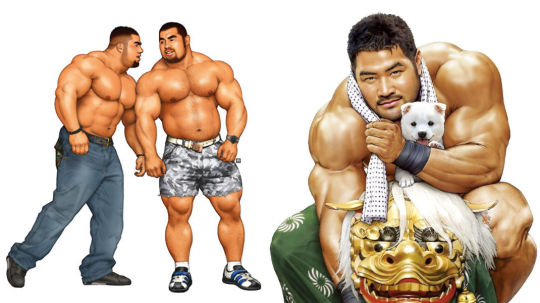
Pin-ups by Jiraiya, long-time artist for G-men magazine.
But we’re talking about entertainment media, more specifically about animanga. We’ll get there soon.
Gay men in Japan are stereotyped by the general population as being camp, and using feminine clothes, language and pronouns. Those who present femininely are often referred to as オネエ (“onee”) because they use オネエ言葉 (“onee kotoba”, feminine speech), and may or may not identify as male. Many entertainers who are out use onee personas on TV to, well, entertain the audience. That may be the only exposure an average Japanese person has to a real-life openly gay or trans person.
As for fiction, media creators tend to fall back on archetypes based on prejudices for minority characters, and that includes gay men. A bit like how the US has the “fairy” archetype, Japan has the “okama”.
Now, オカマ (“okama”, lit. rice pot) is not a word used in polite conversation to refer to people. It’s a homophobic and transphobic slur, directed at people who fit the onee stereotype. If you’re not a Japanese queer man or transfem individual, you shouldn’t direct it at anyone, period. Not even yourself. Although there are some who reclaim the term, it’s still largely considered derogatory and insulting.
Japanese media has an okama character archetype, which reflects how society thinks a gay man looks and acts. You may be surprised to hear that it’s not the willowy, androgynous bishounen of shoujo manga.
It’s something more like this:

Keep reading
18K notes
·
View notes





